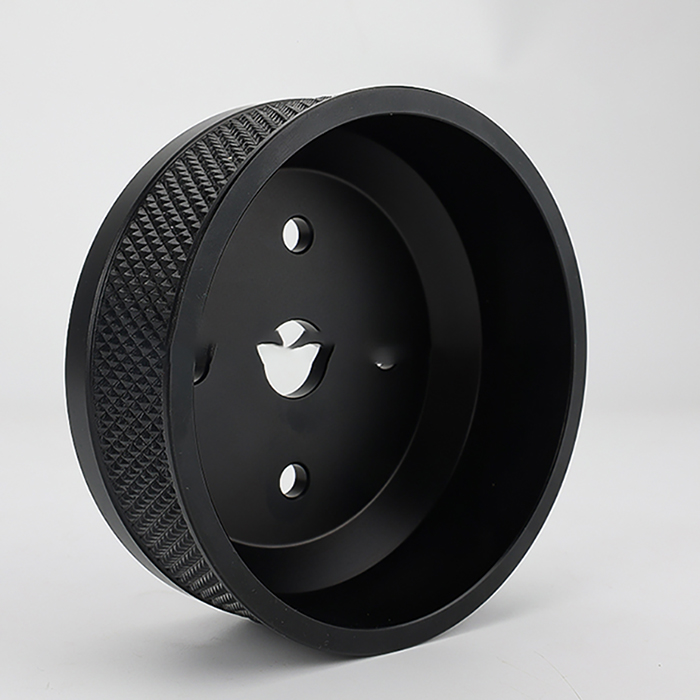Creating plastic engineering parts using a CNC lathe involves specific considerations and processes tailored to plastic materials. Here’s a detailed overview:

- Material Selection
1.Plastic Types: Choose the appropriate plastic material based on the part’s requirements (e.g., ABS, acrylic, nylon, PTFE).
2.Properties: Consider factors like mechanical strength, heat resistance, chemical resistance, and dimensional stability.
- Design Considerations
3.Machinability: Plastic materials have different machining properties compared to metals. Ensure the design accounts for plastic-specific characteristics such as flexibility and thermal expansion.
4.Tool Selection: Select tools suitable for cutting plastics to prevent melting or chipping. Carbide tools are often preferred due to their durability and heat resistance.
- CNC Lathe Machining Process
5.Setup: Secure the plastic stock firmly in the lathe chuck or collet.
6.Tool Path Programming: Generate CNC programs specifying tool paths, speeds, and feeds optimized for plastic machining.
7.Cutting Operations: Perform turning operations to shape the part, including roughing and finishing cuts.
8.Cooling: Use coolants or lubricants as needed to manage heat buildup during machining, though plastic materials generally produce less heat than metals.
- Surface Finish
9.Tooling and Speeds: Use sharp tools and appropriate cutting speeds to achieve smooth surface finishes without causing plastic deformation.
10.Post-Processing: Consider secondary operations such as polishing or sanding to achieve specific surface textures or finishes.
- Quality Assurance
11.Dimensional Accuracy: Ensure parts meet dimensional tolerances through careful setup and machining.
12.Material Integrity: Verify that machining processes do not compromise the integrity of the plastic material, avoiding issues like stress cracking.
- Prototyping and Production
13.Prototyping: CNC lathes are effective for prototyping due to their precision and ability to quickly produce parts from CAD designs.
14.Production Runs: For larger quantities, optimize CNC programs and machining setups to maintain consistency and efficiency.
- Post-Machining Considerations
15.Cleaning: Remove any machining residues or coolant from finished parts.
16.Inspection: Conduct thorough inspections to ensure parts meet specifications before further assembly or use.
Advantages of CNC Lathe for Plastic Parts:
17.Precision: CNC lathes offer high accuracy and repeatability, crucial for intricate plastic part geometries.
18.Efficiency: Automated CNC processes reduce labor and setup times compared to manual machining.
19.Versatility: Capable of handling various plastic materials and part complexities.
By following these guidelines, you can effectively utilize CNC lathe machining for producing high-quality plastic engineering parts tailored to your specific application requirements.


